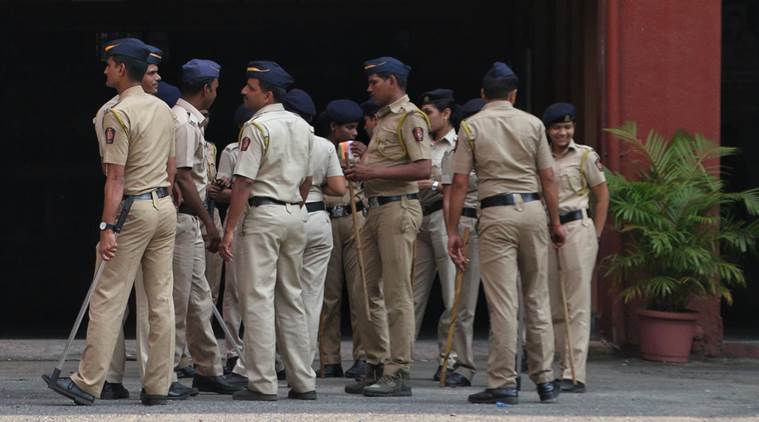Stay updated with the latest - Click here to follow us on Instagram
Solving crimes: Use of forensic tests by Mumbai Police doubles in five years
An FSL official said, “While in the initial years, DNA tests were seen as purely an evidentiary tool, over the years, the police have also been approaching us for DNA tests in unsolved cases.”
 The FSL received 879 cases from the Mumbai Police in 2013, comprising 2,286 exhibits. A steady increase followed each year, with the Mumbai Police sending 1,818 cases to the FSL in 2017, which included 3,498 exhibits. (Representational Image)
The FSL received 879 cases from the Mumbai Police in 2013, comprising 2,286 exhibits. A steady increase followed each year, with the Mumbai Police sending 1,818 cases to the FSL in 2017, which included 3,498 exhibits. (Representational Image)
Forensic science has acquired a greater role in Mumbai Police cases in recent years. According to data from the Kalina Forensic Science Laboratory (FSL), the number of cases received from the Mumbai Police has more than doubled in the last five years. FSL officials say their work with Mumbai Police has covered a vast scope, from identifying dead bodies, finding usable evidence against people the police suspect to be killers or other vital leads. The reliance on forensics has also changed how the police investigate cases, with more emphasis on finding evidence that can be used in a court of law such as DNA and call detail records, say police officers.
The FSL received 879 cases from the Mumbai Police in 2013, comprising 2,286 exhibits. A steady increase followed each year, with the Mumbai Police sending 1,818 cases to the FSL in 2017, which included 3,498 exhibits.
An FSL official said, “While in the initial years, DNA tests were seen as purely an evidentiary tool, over the years, the police have also been approaching us for DNA tests in unsolved cases.”
A case in point is the recent murder of Kirti Vyas, a salon executive who was allegedly murdered by two colleagues. The police arrested the two accused after a DNA test was conducted on two drops of blood found in the boot of a vehicle. “In the case of Kirti Vyas, we managed to extract two drops of blood from the mat in the vehicle used by the two accused. We got even though the car had been sent for washing. It was a big success for us,” said the FSL official.
Kirti Vyas, a south Mumbai resident, had gone missing on March 16 this year. Later, the Crime Branch arrested her two colleagues, Siddhesh Tamhankar (28) and Khushi Sahjwani (42). “We suspected them all along but it was only after we found the DNA match that we got the evidence to arrest them,” said an officer involved in the investigation.
In another case last month, the FSL assisted the Thane Police (Rural) in buttressing the chargesheet in a rape and murder case. The case was about the rape and murder of a 29-year-old woman, and on November 15 last year, the Tulinj police had arrested two men, Anil Dhumal and Mahesh Shinde, for the crimes.
According to the police, the duo was known to the woman and visited her when her husband was away. When she rejected their advances, they allegedly murdered her, police say.
The police sent samples from the crime scene to the FSL. “From one of the two steel cups in which the victim had served tea, we managed to extract the saliva sample of Anil Dhumal. The DNA extract in the other cup was corrupted. The report, which was sent last month, will prove Shinde’s presence at the crime scene and bolster the prosecution’s case.”
One of the three rape and murder cases involving minors in Nehru Nagar in 2010 was also solved after the DNA of the accused matched with the attacker’s DNA found on one victim’s body. Apart from these cases, several high profile cases including the Sheena Bora murder case have been helped by forensic tests. Sheena Bora’s body was identified several years after her murder by a DNA test. The police’s investigation techniques have evolved to acknowledge the greater role of forensic science in clinching cases.
A senior police officer said, “The investigation techniques have generally seen a vast change as compared to the past. Now there is greater reliance on investigation aspects that can be used as evidence in a court of law, such as DNA and call detail records. The challenge is to get more officers trained in things like how to preserve a crime scene and what articles to be sent for forensic testing.”
An FSL official said, “Earlier, the police did not know what samples to send for forensic analysis and they would send all samples from the crime scene, increasing our workload. But now there is a greater awareness and police officers send only the necessary objects for forensic testing.”







